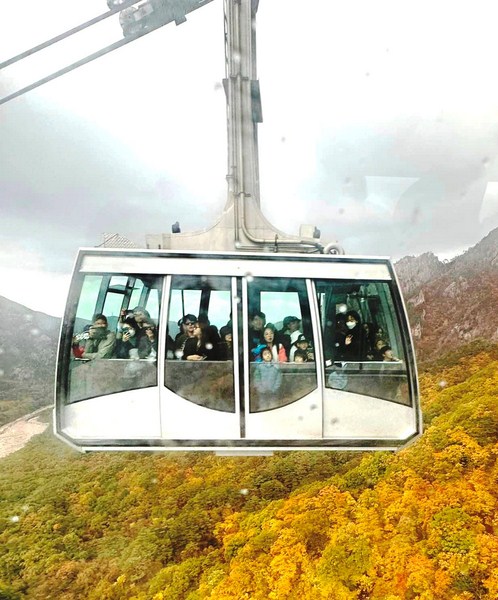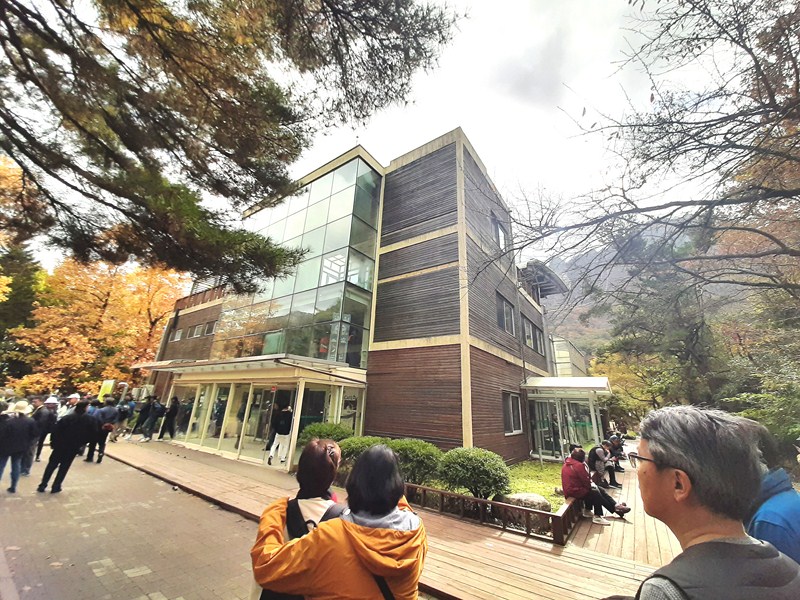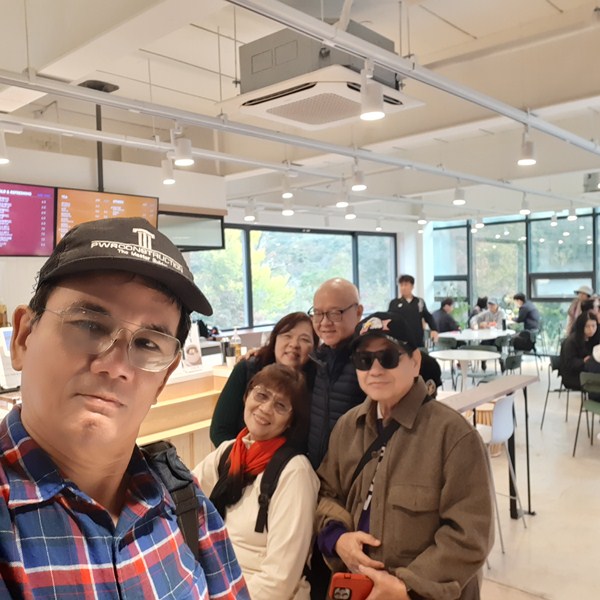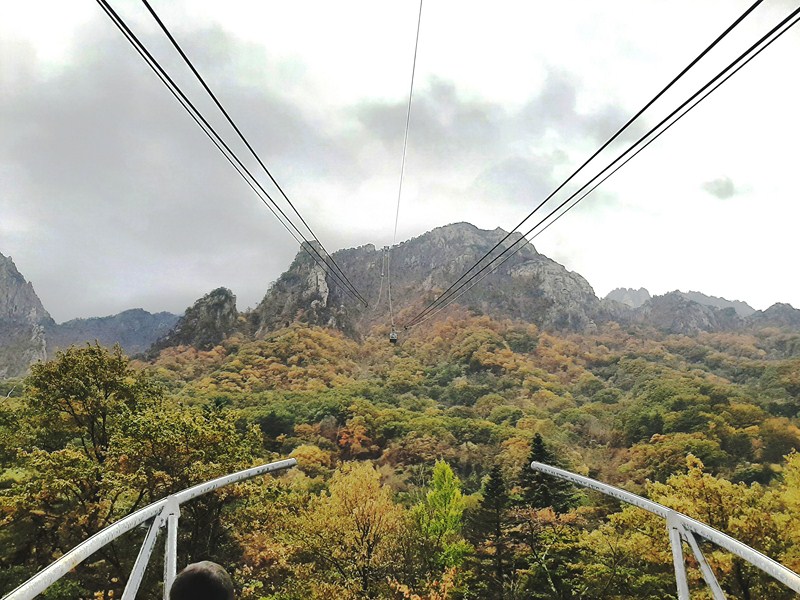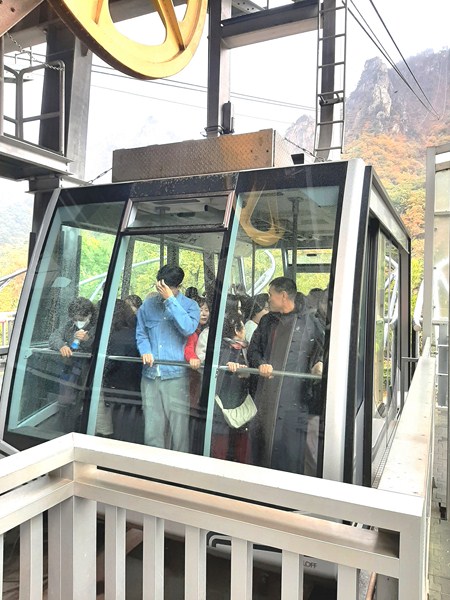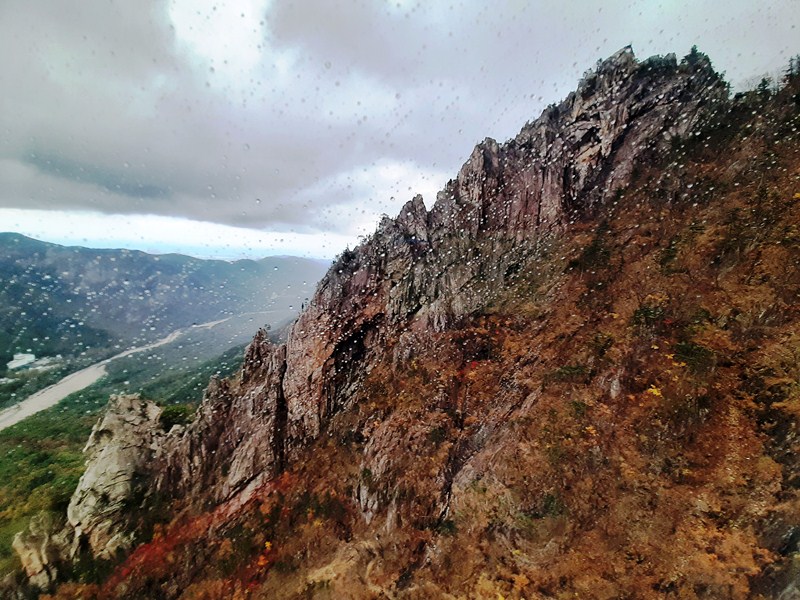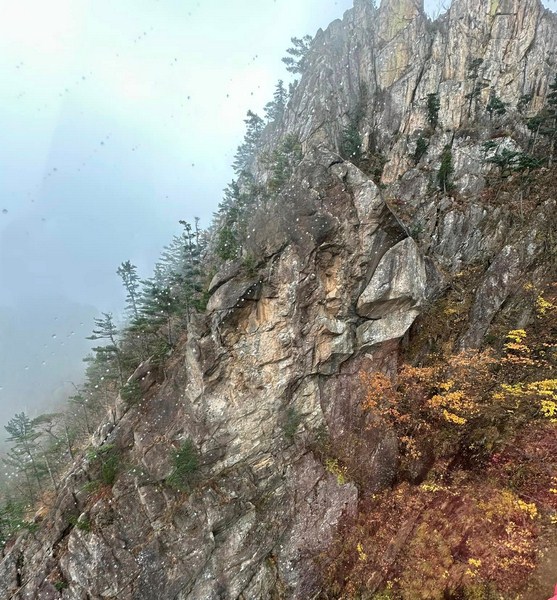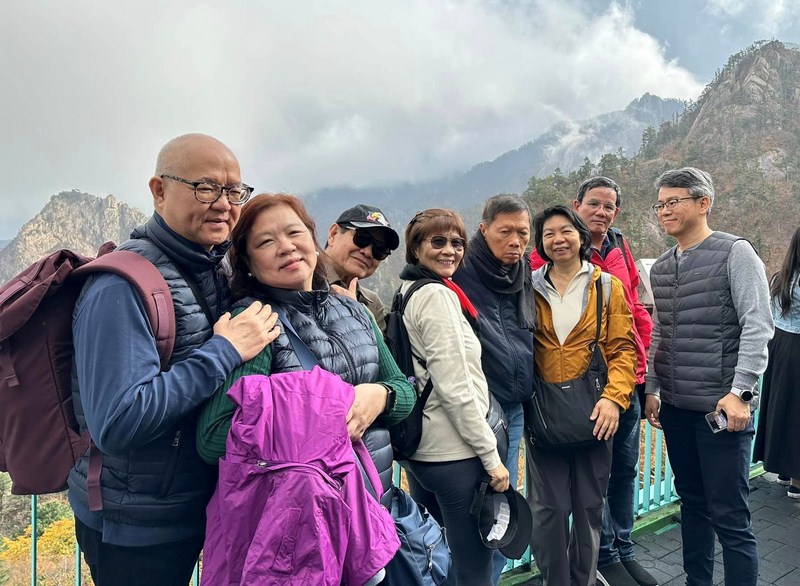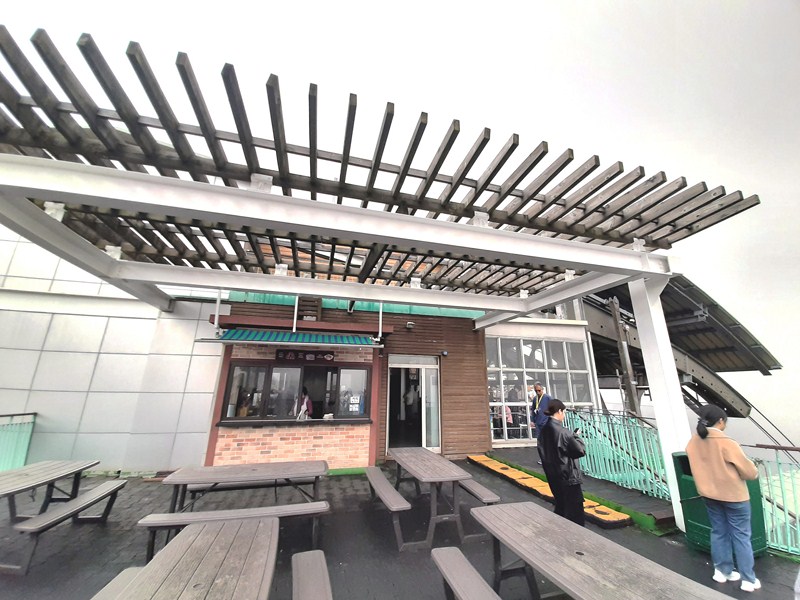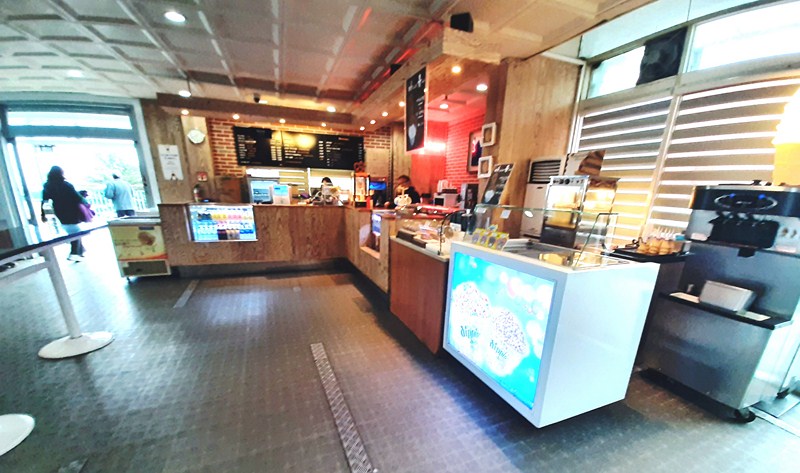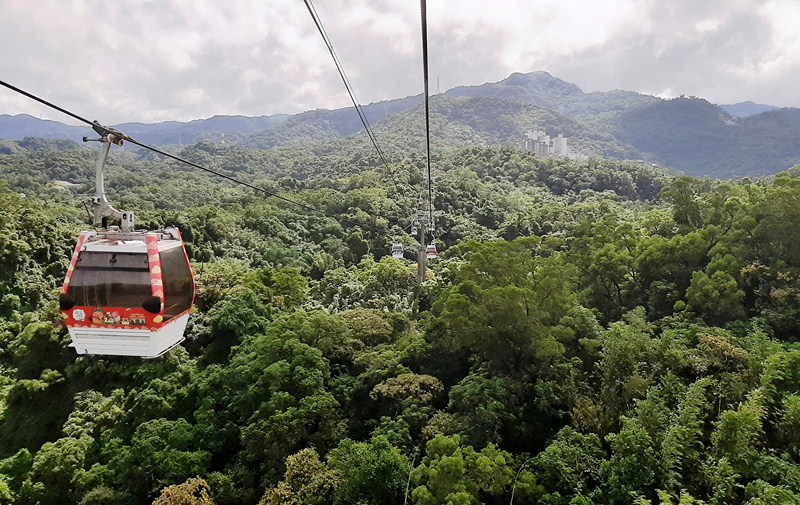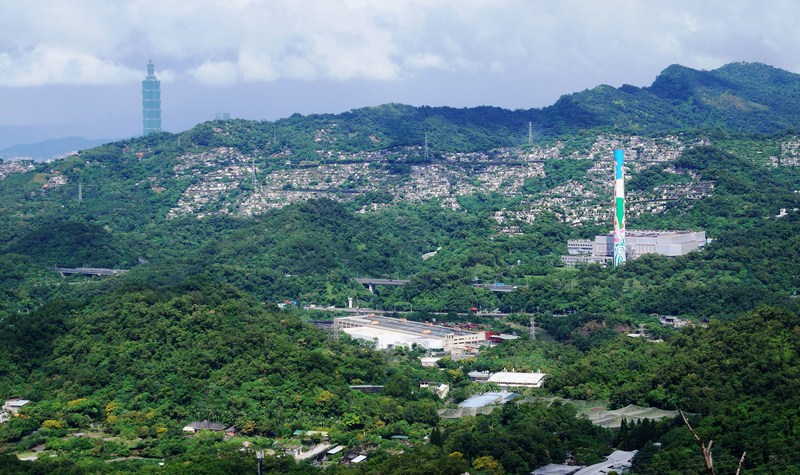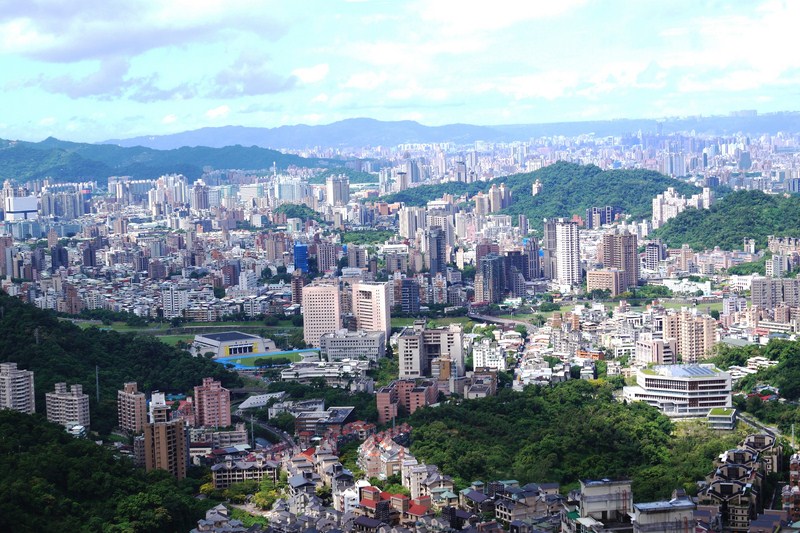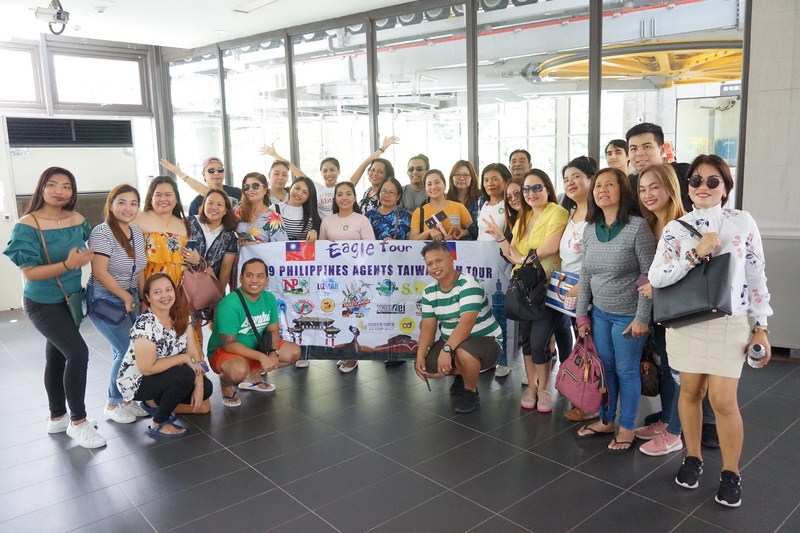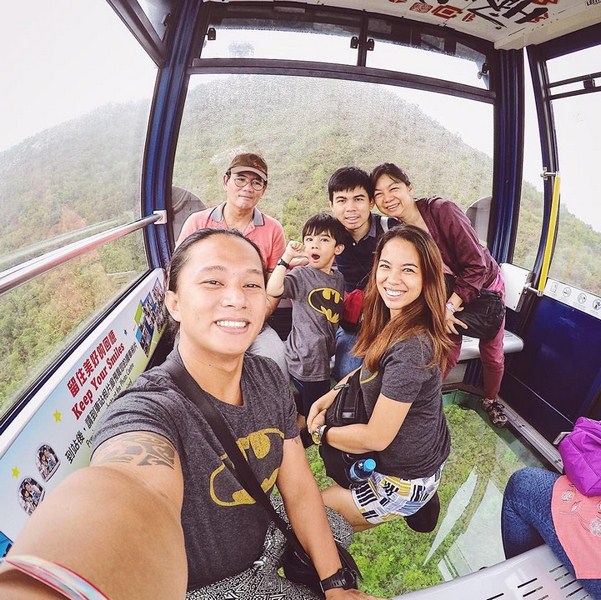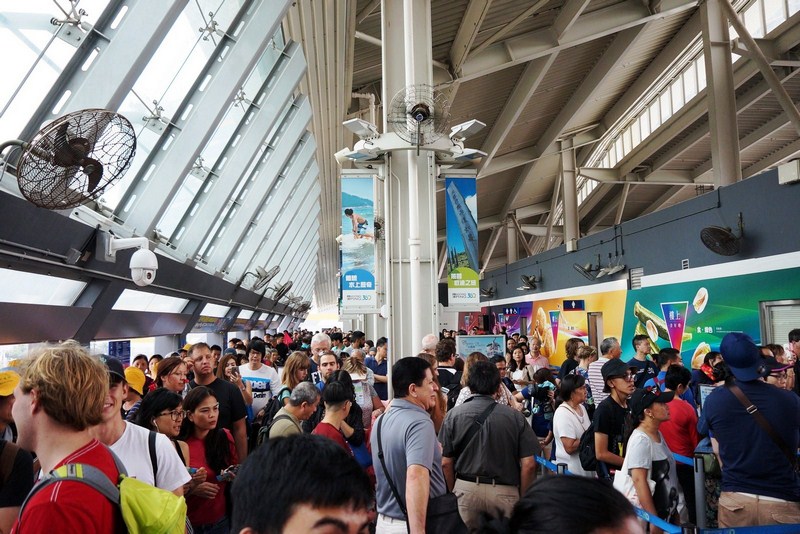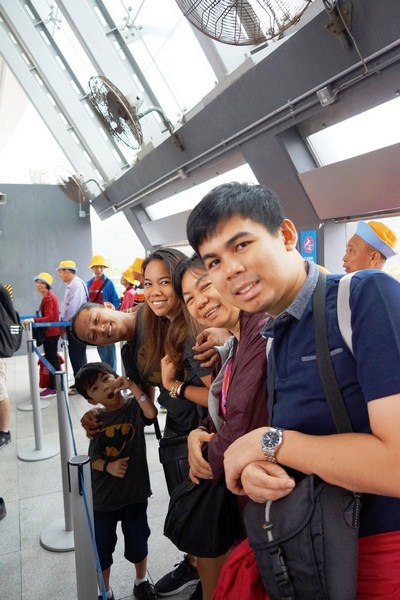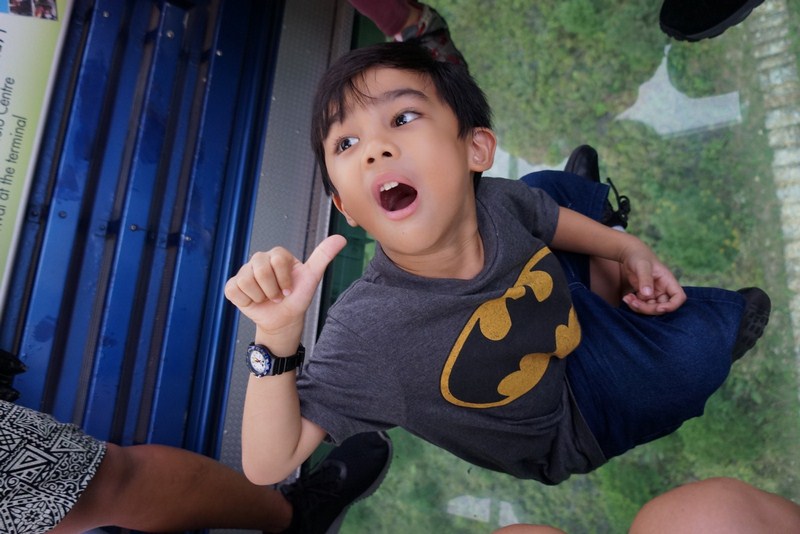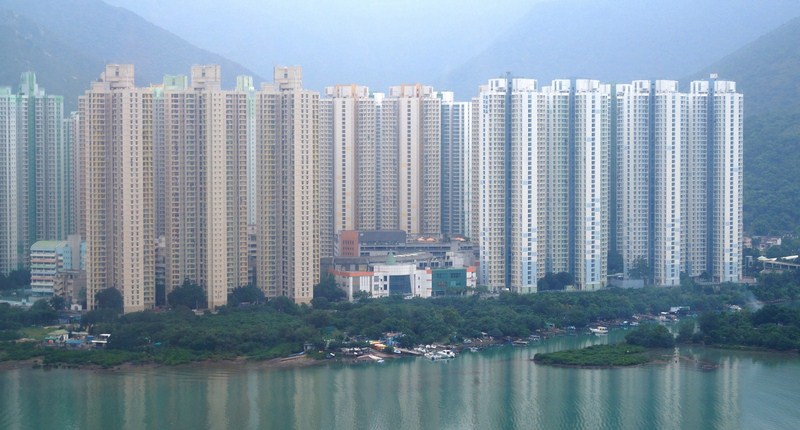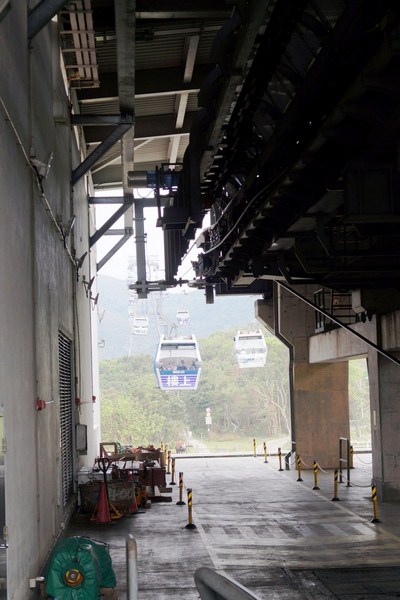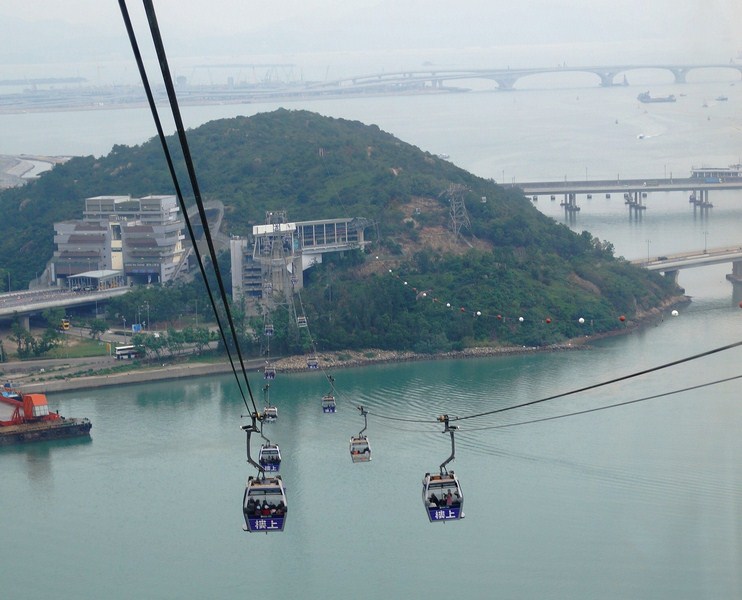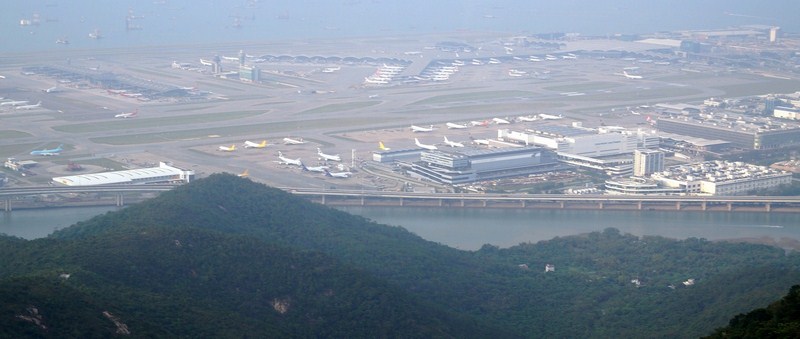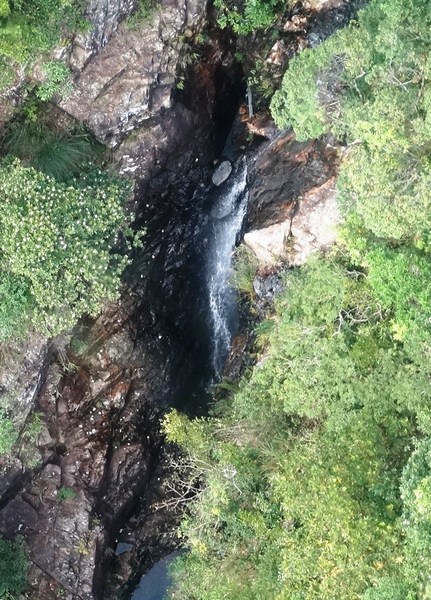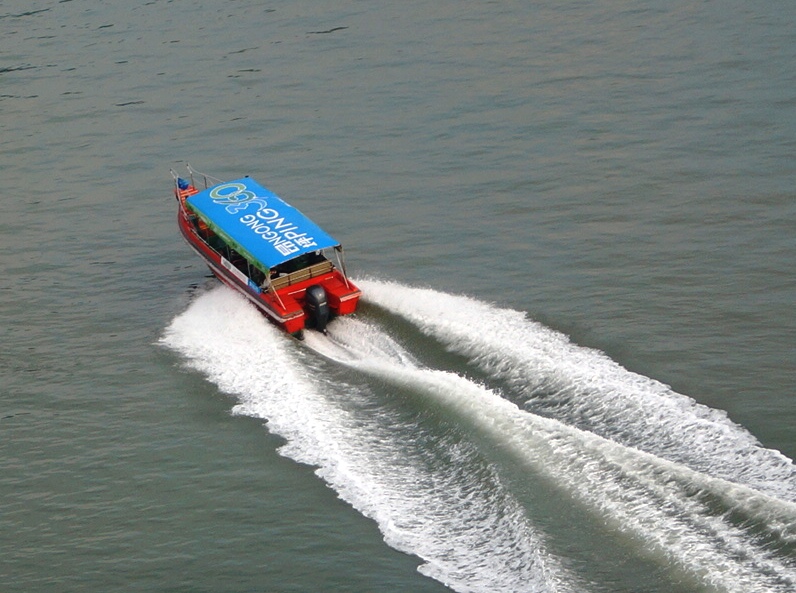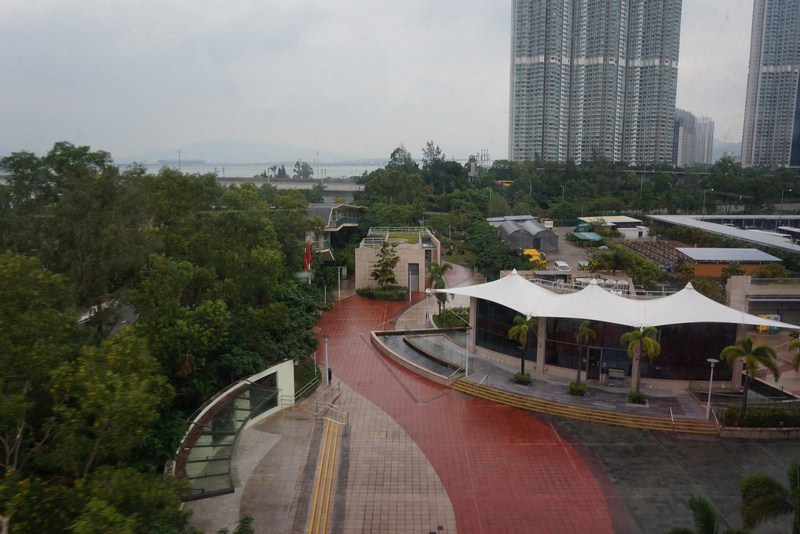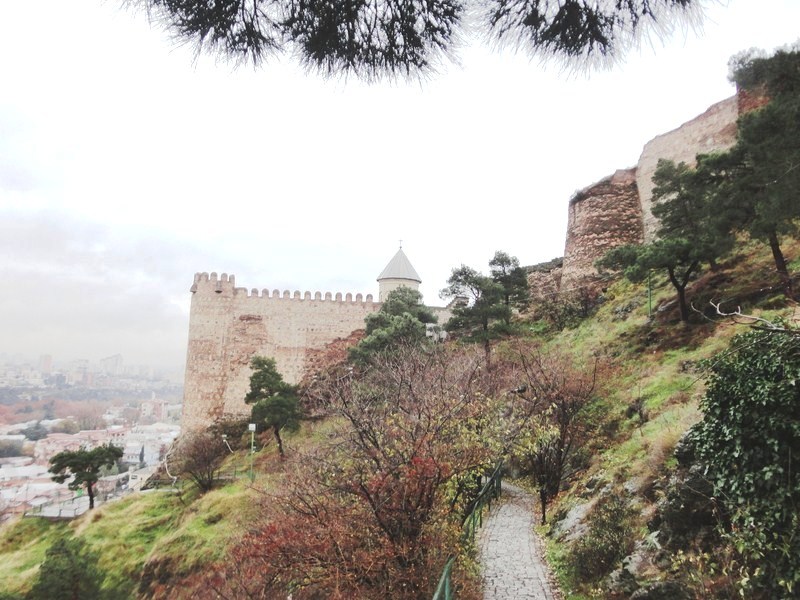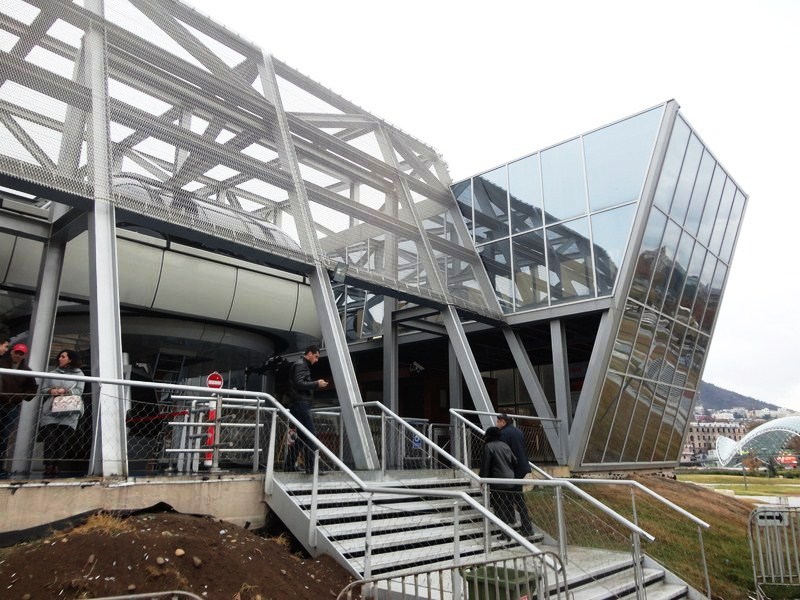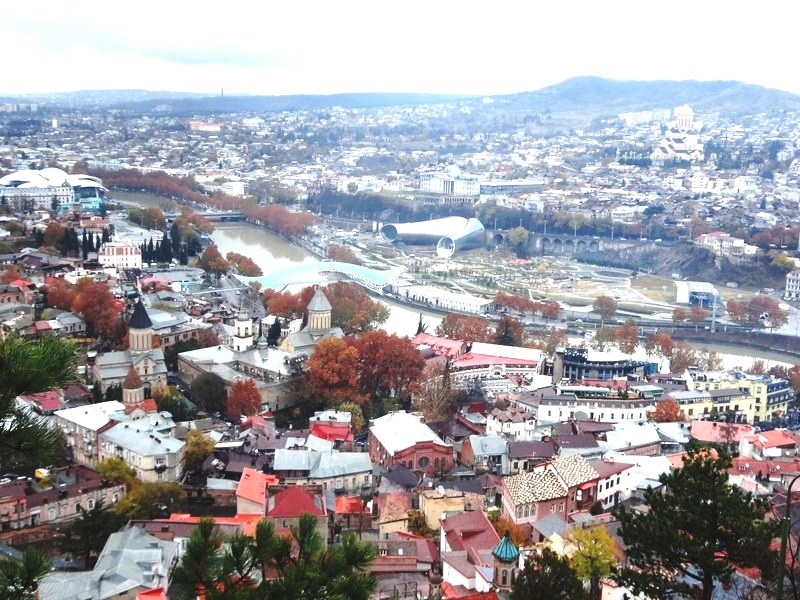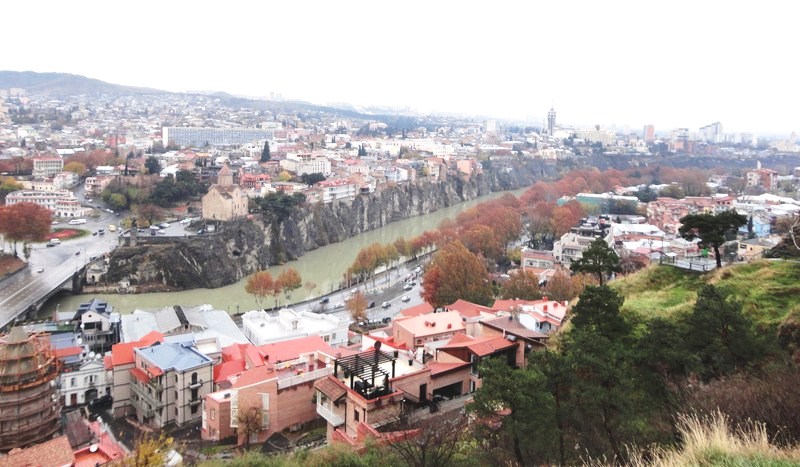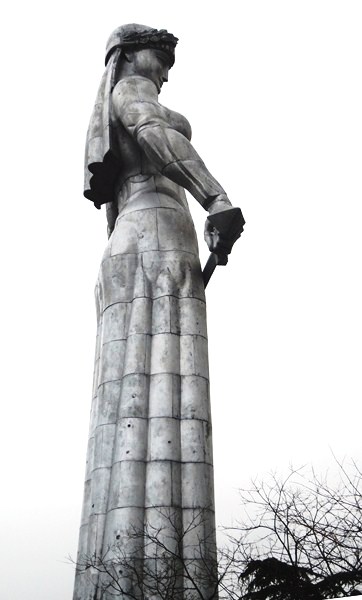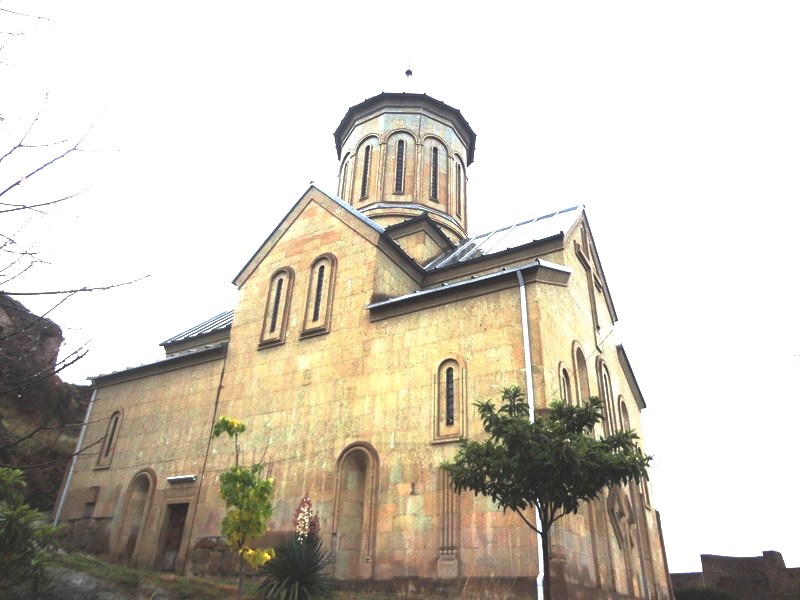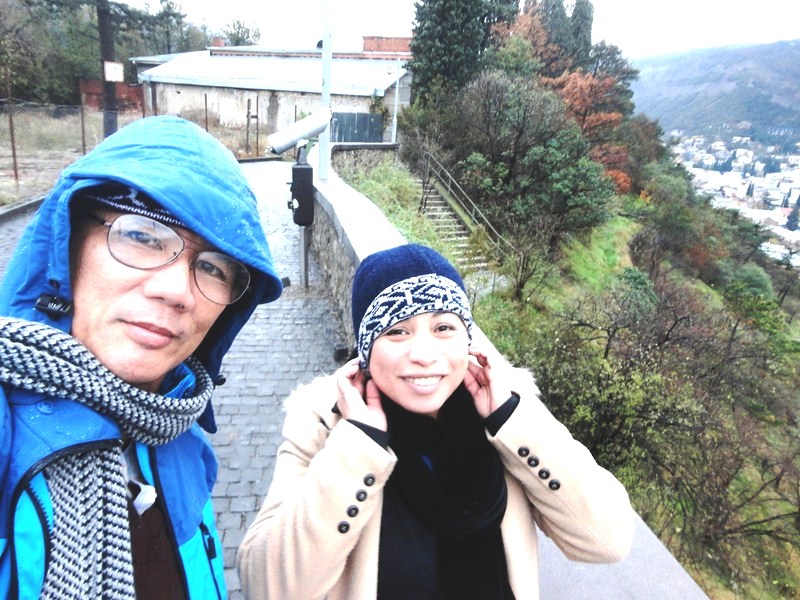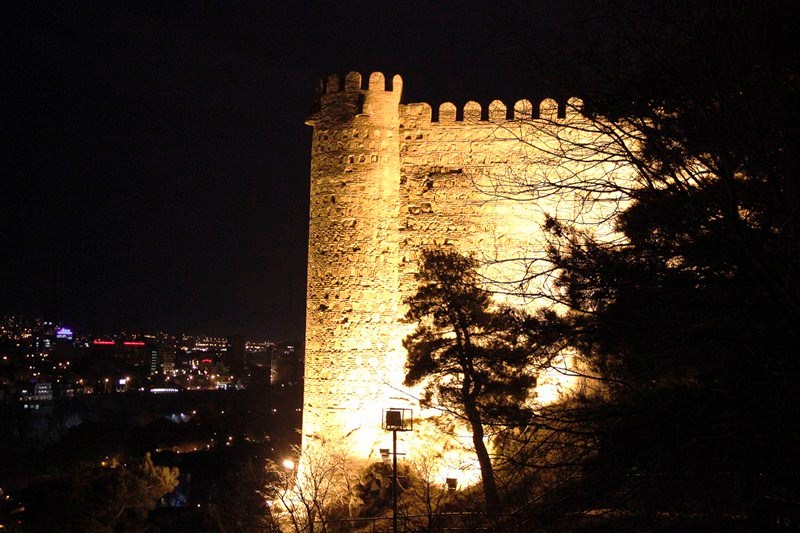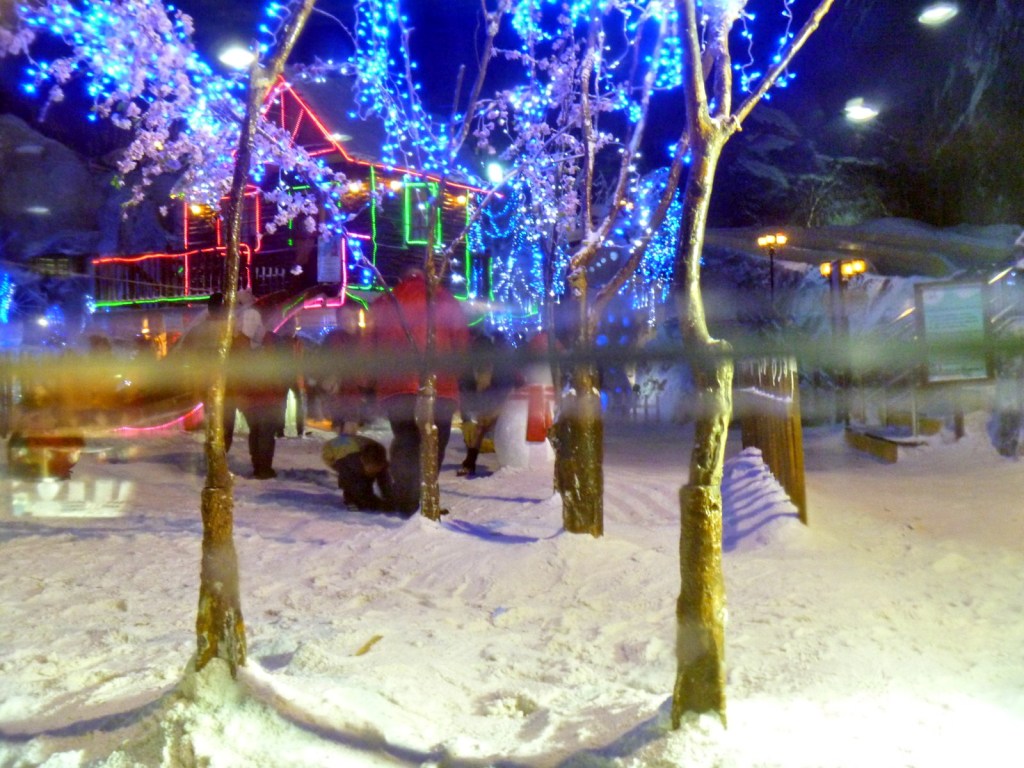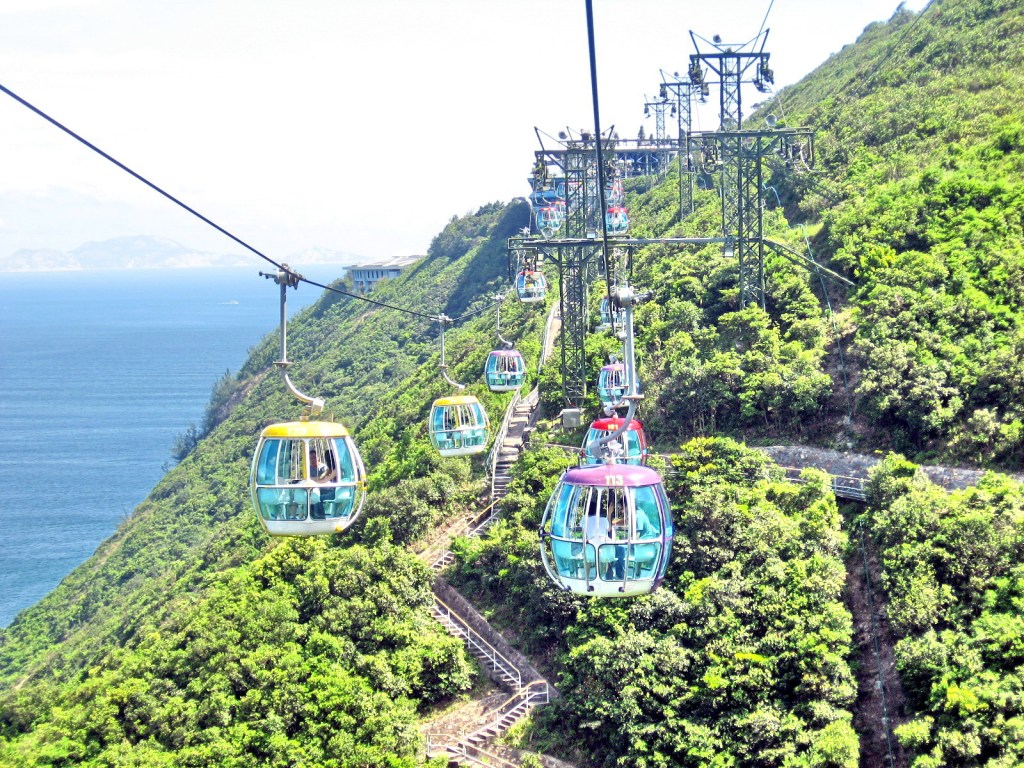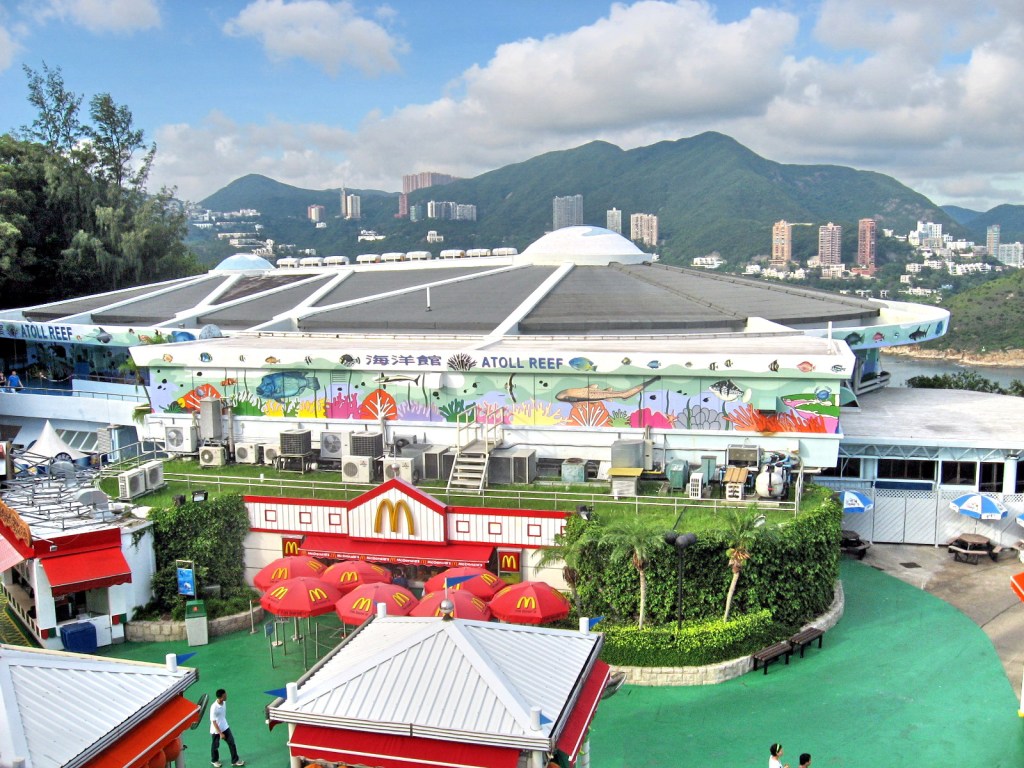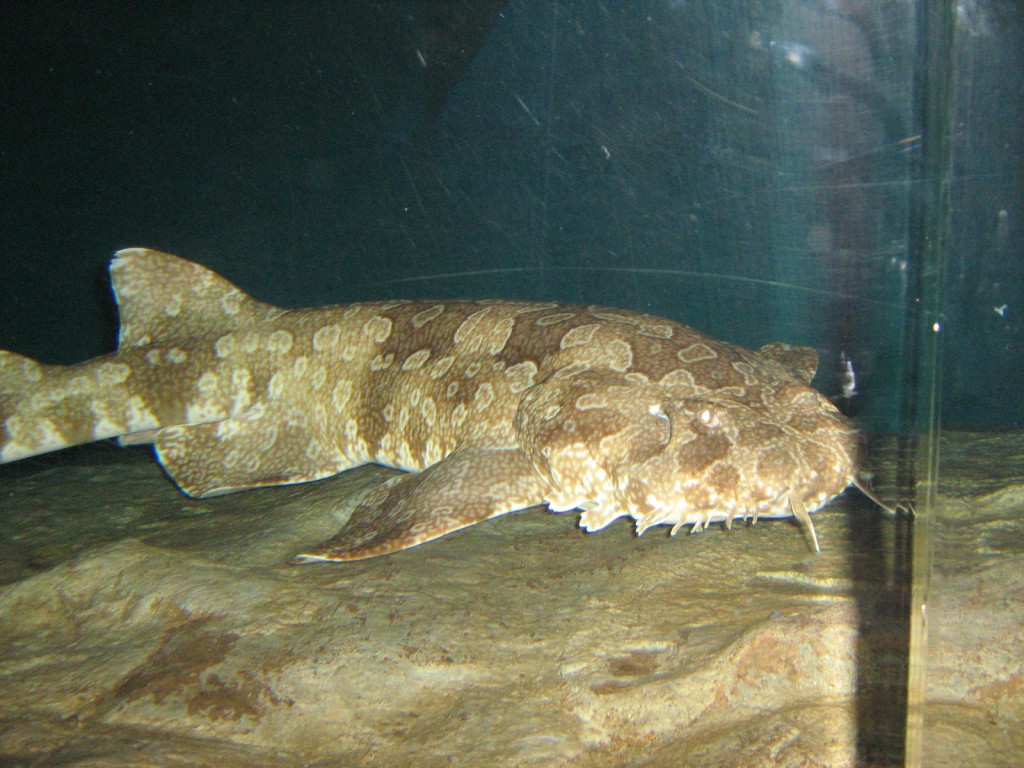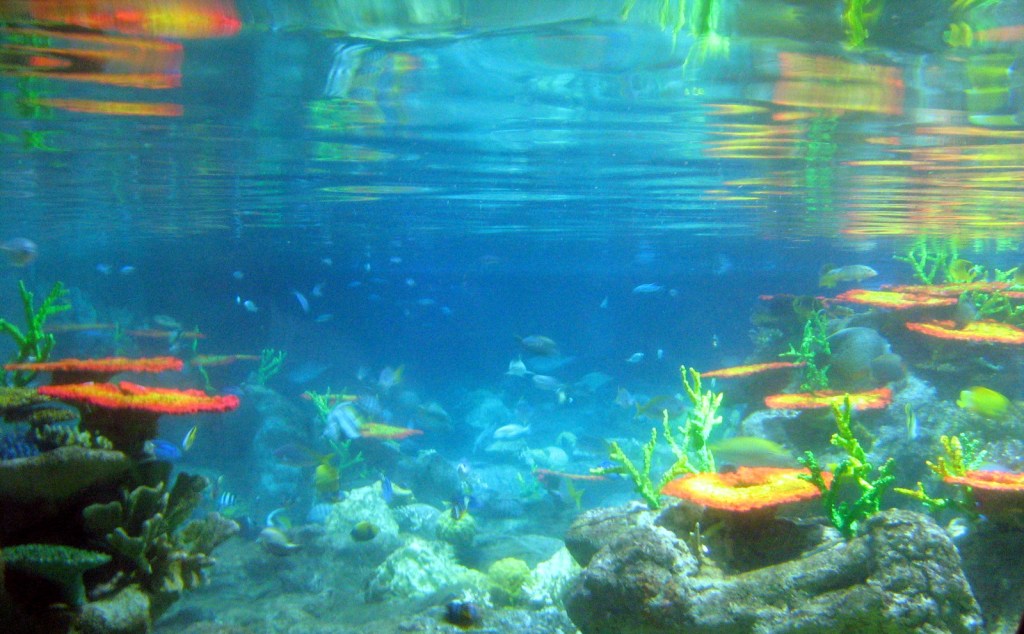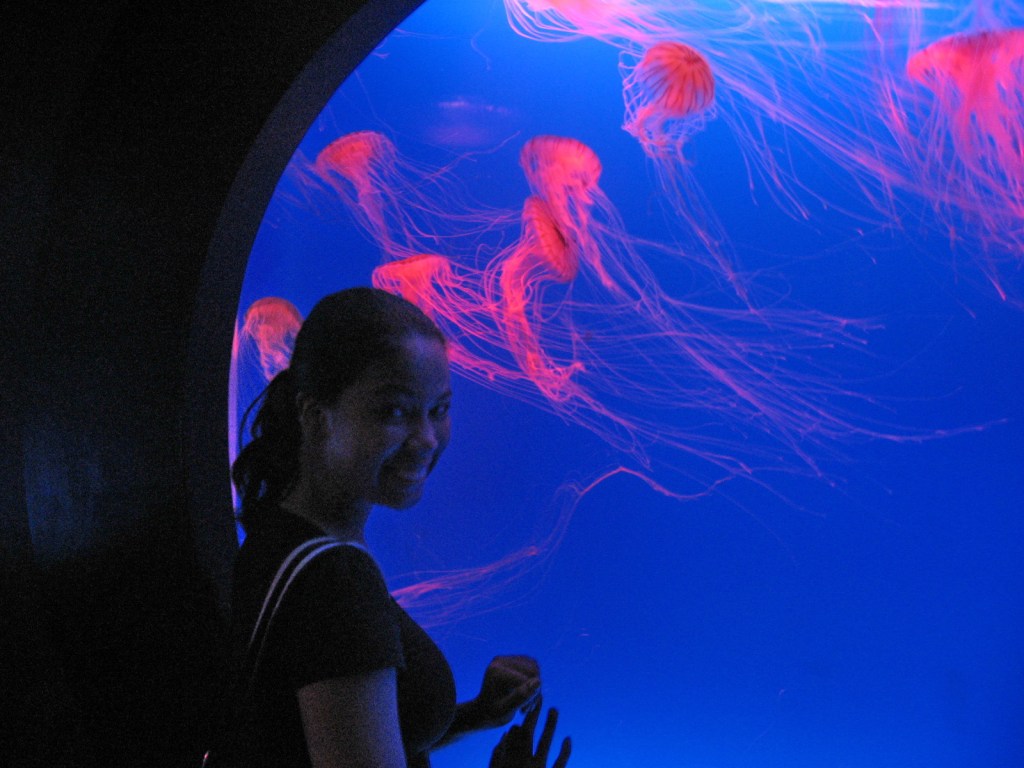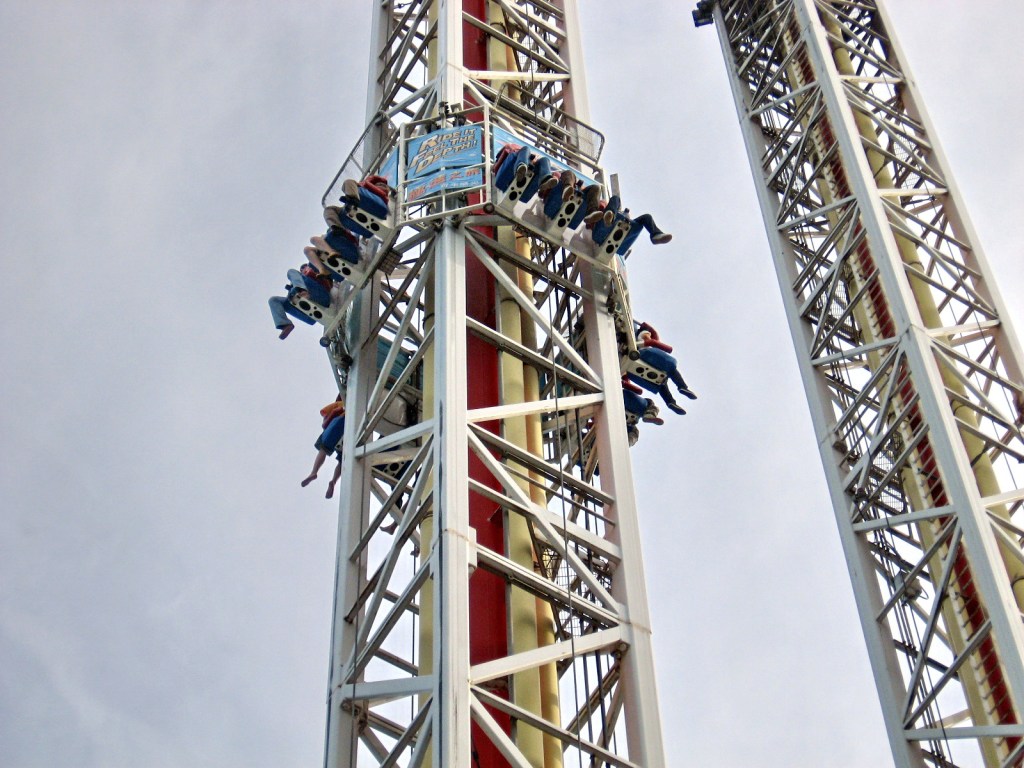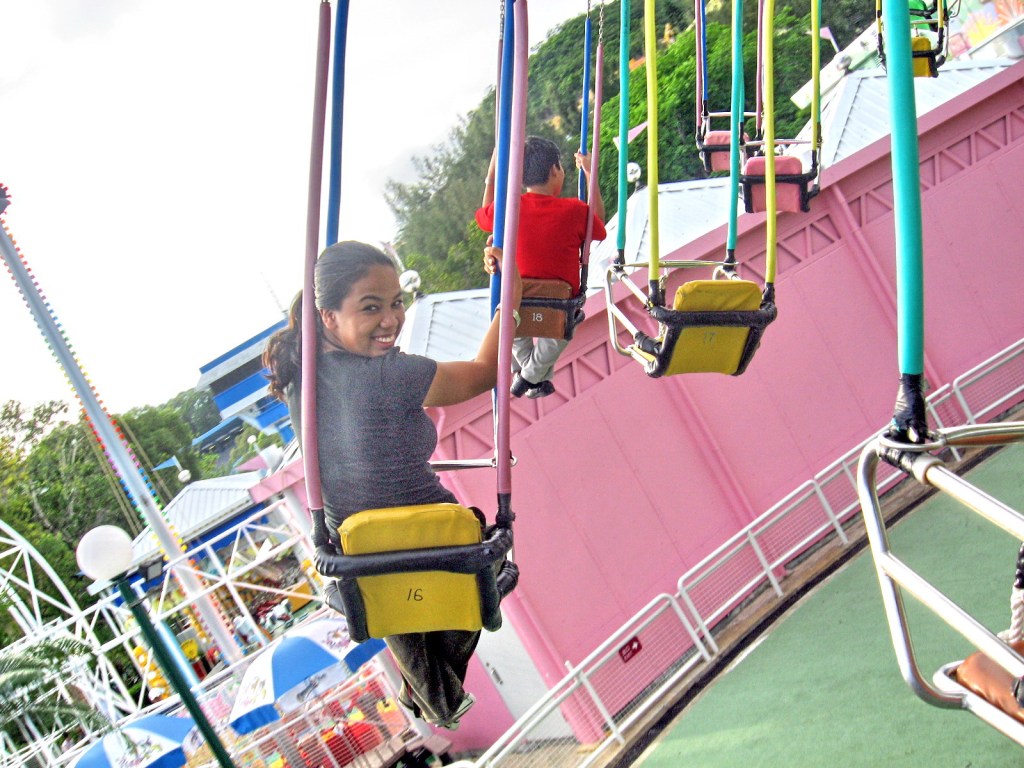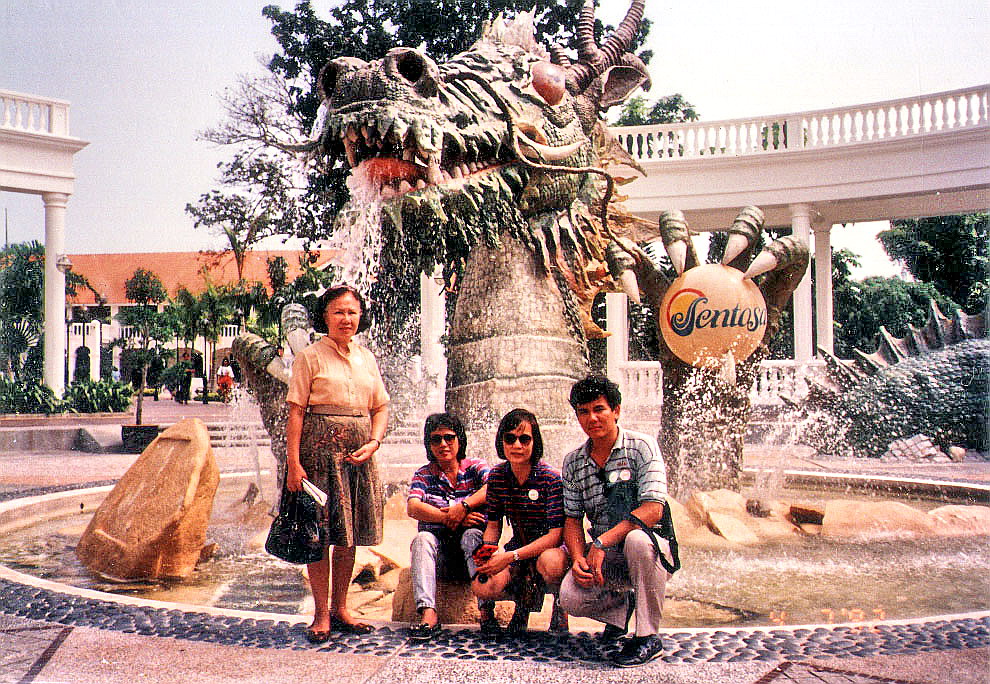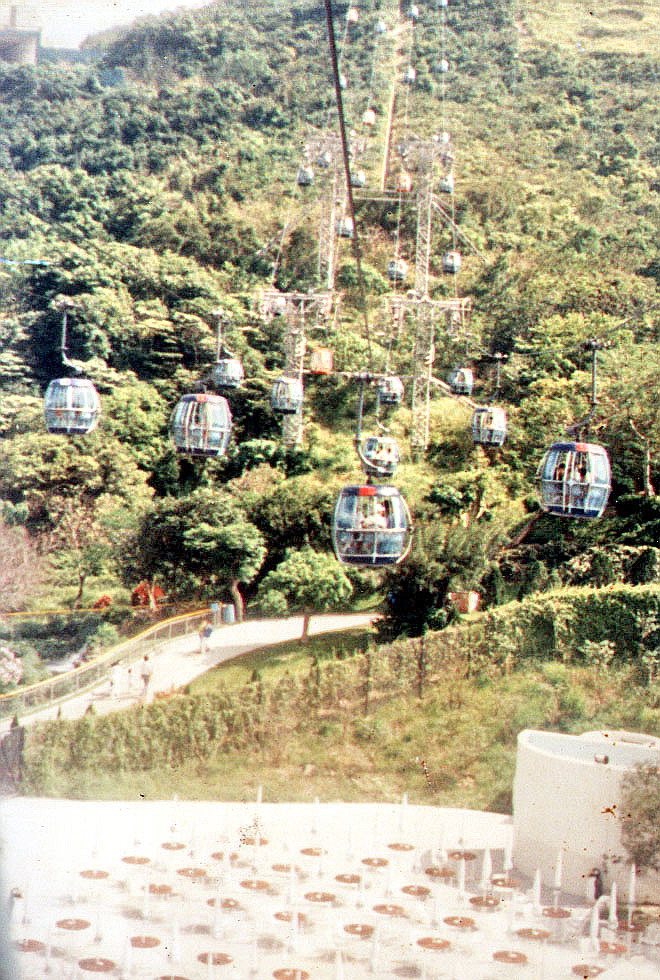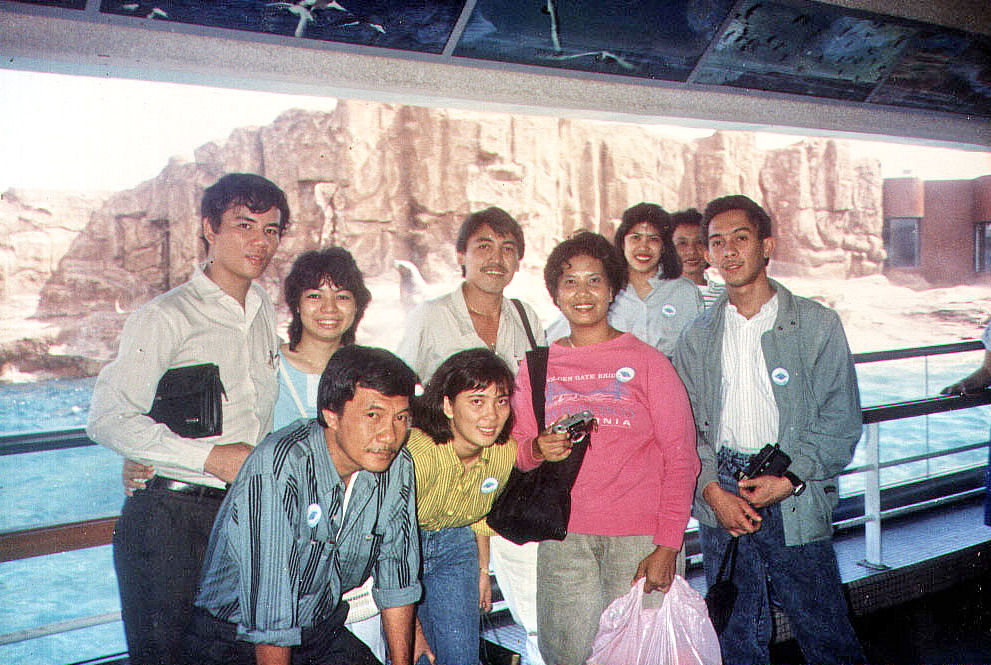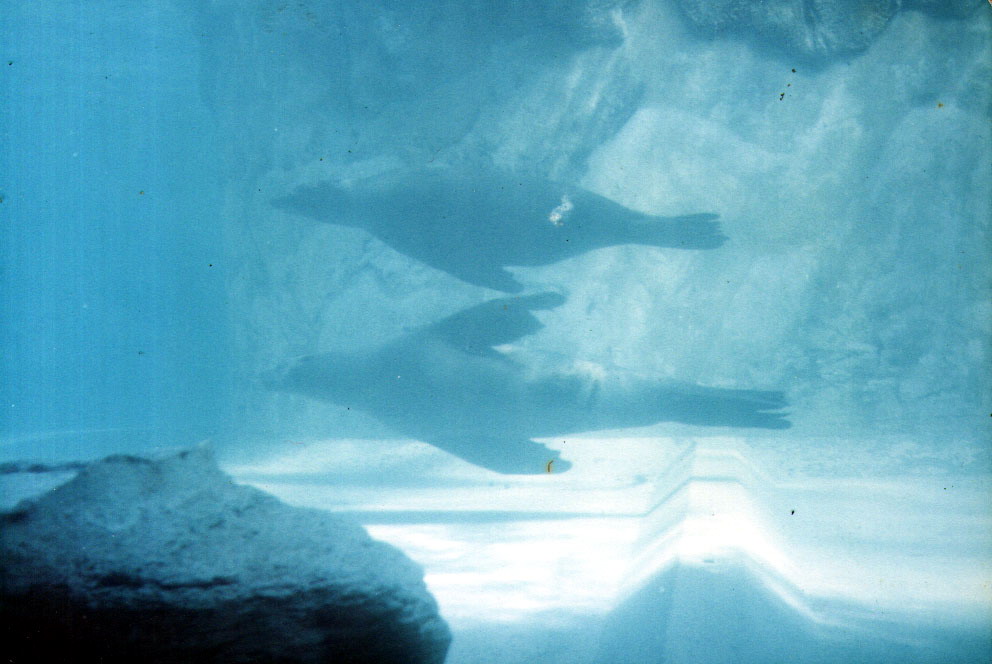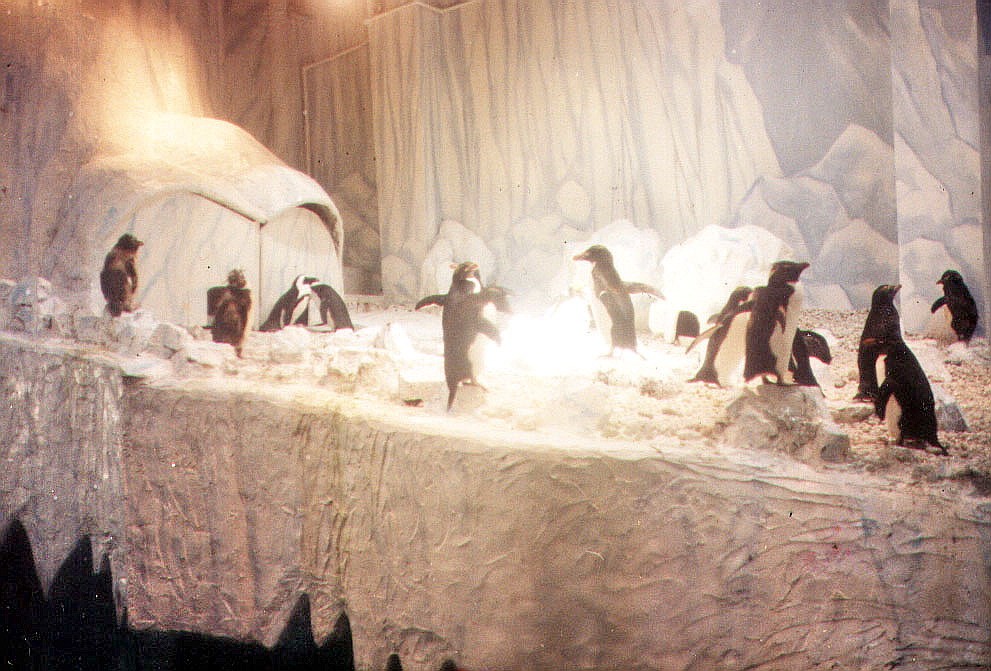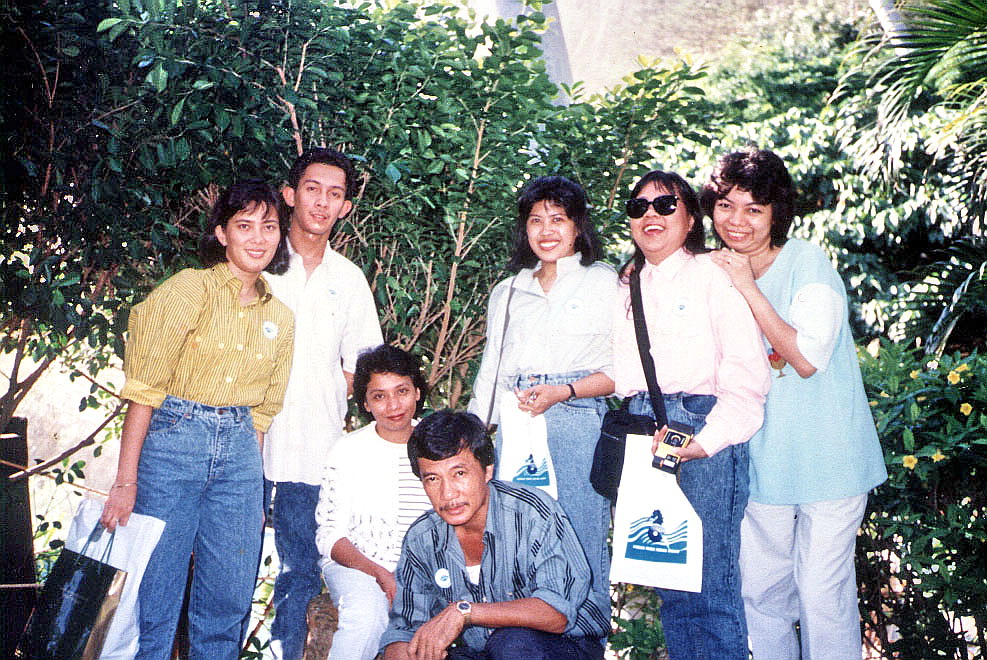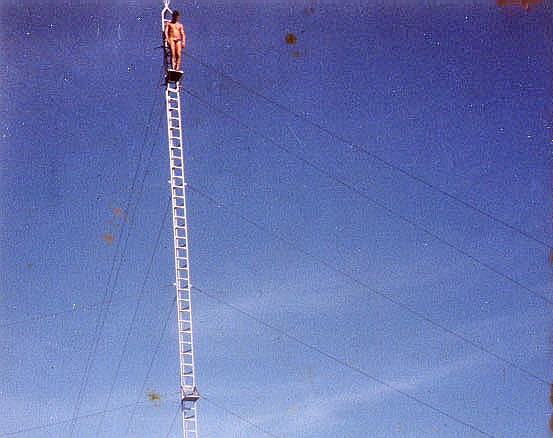Part of Cebu Blue Ocean Academy-sponsored South Korea tour
After our visit to Sinheungsa Temple, we proceeded to the Small Park in Seoraksan National Park (a UNESCO Biosphere Protection Site) where the Seorak Cable Car Boarding Station is located. The park has one of the best topographical landscapes in the country, with awesome autumn foliage.
The Seorak Cable Car, which fits 50 people, is a quick and easy way to comfortably appreciate the magnificent landscape of Seoraksan Mountain. We were all scheduled to board at 1 PM.
Check out “Seoraksan National Park” and “Sinheungsa Temple”
As it was a weekend and the autumn foliage season, many tourists visit the mountain so we scheduled our trip by considering the waiting time too.
Also called Kwon Jinseong Cable Car, it was built in 1971 by Lee Ki-sub, a mountaineering enthusiast. The cable car, ascending at a relatively high speed, runs even when it is raining or snowing but its operation may be suspended under windy conditions.
By cable car, it took us about 6 mins. to get to the Upper Cable Car Station constructed at the edge of the mountain which is located 700m. (2,297 ft.) above sea level.
To get the best view, we all chose a spot closest to the door. From the glass window in the cable car, we enjoyed an open view of various famous attractions such as Ulsan Peak and Manmulsang Rocks.
From the outdoor observation deck (with dining tables at the two-storey Upper Cable Car Station, we had a panoramic view of the valley, fascinating rock formations of the Gwongeumseong Fortress (also called Seoraksan Castle) Region and the Sogongwon Area, Seoraksan Mountain’s majestic scenery, downtown Sokcho to the northeast all the way to the East Sea.
The famous Ulsanbawi Rock, with its six granite peaks, is to the north. Legend has it that two generals Gwon and Kim built the fortress in one day to protect their families and villages from a Mongol invasion during the Goryeo period in the 13th century. Today, the site of the fortress only remains.
The Upper Cable Car Station has souvenir shops and a small café serving coffee, honey pancakes with peanuts and Japanese and Korean cuisine inside. After getting off at the cable car, you can hike 300 m. to the higher part of Gwongeumseong (a 15-min. hike) where you can get a birds-eye view of Oe-Serok. There are observation platforms such as Panshi, Lost Terrace, Bell Ringing Terrace, etc.
Despite its rough course, many hikers come up to the summit of the fortress to appreciate magnificent and mysterious scenery of strange rocks and bizarre stones at Seoraksan Mountain. When you are at the summit, you can see the landscape of not only the Outer Seorak but also the Inner Seorak. Below the Gwongeumseong Fortress are Allagam Hermitage (built during the Silla period and muhaksong (Korean red pine) existed for hundreds of years.
Seorak Cable Car: 1085, Seoraksan-ro, Sokcho-si, Gangwon-do. Tel: +82-33-636-4300. Open daily, 9 AM – 6 PM. Admission: 10,000 won (adults, 14 years old and above) and 6,000 won (children, 3 to 13 years old). Children under 3 years old are free of charge. Buying tickets in advance online is not available. A one-way ticket is also not available, so visitors need to buy a round-trip ticket.
How to Get There: the cable car station is just a 3-min. walk from the Sogonwon entrance.
Cebu Blue Ocean Academy: Building 5, EGI Hotel and Resort, M.L. Quezon National Highway, Looc, Maribago, Lapu-Lapu City, Cebu 6015, Philippines. Tel: (032) 888-9868. E-mail: pinesbaguio@gmail.com. Website: www.cebublueocean.com. Baguio City (Benguet) Sister School: Pines International Academy, Romel Mansion, 3 Ignacio Villamor St., Brgy. Lualhati, Baguio City, Benguet, Philippines. Tel: 1 754-255-9818. E-mail: pinesbaguio@gmail.com. Website: www.pinesacademy.com.

